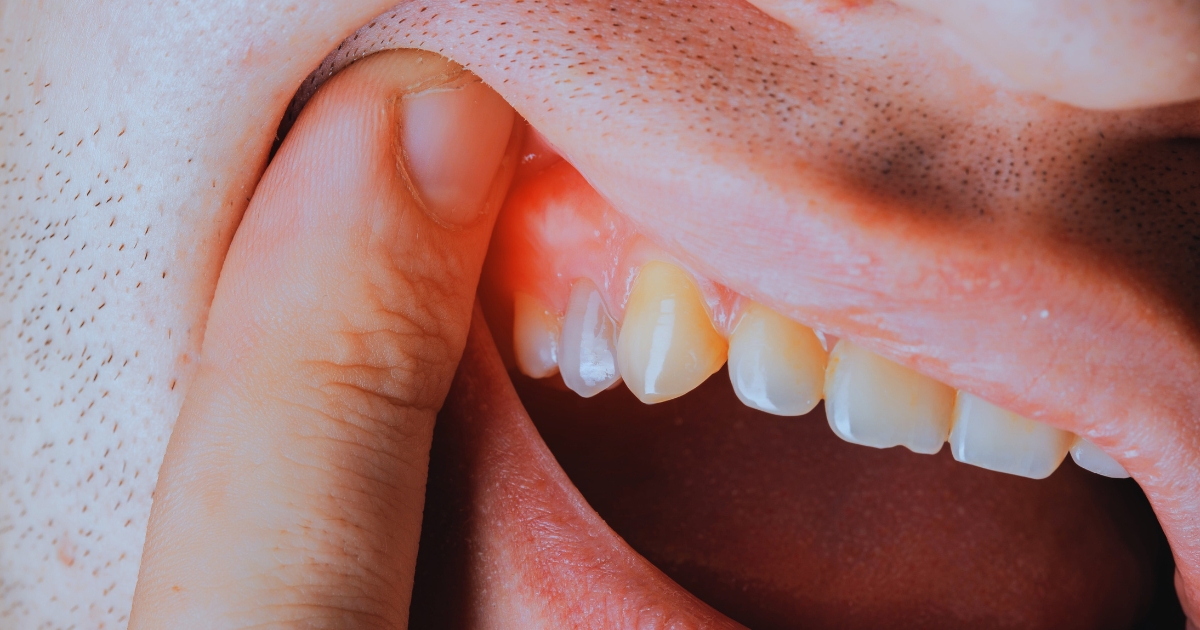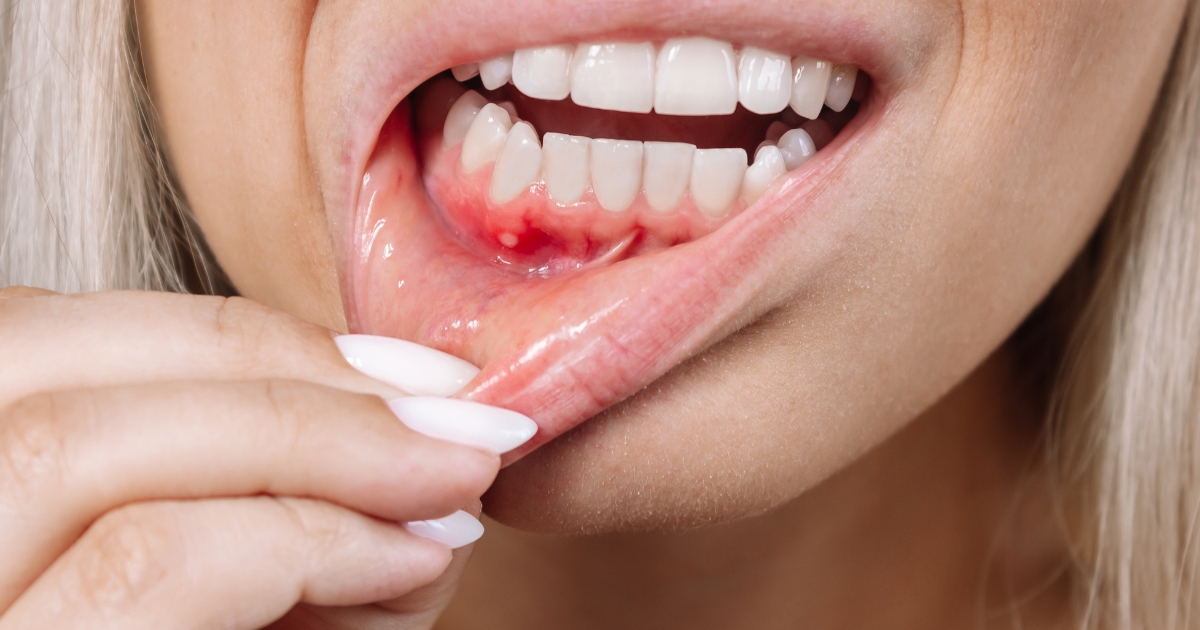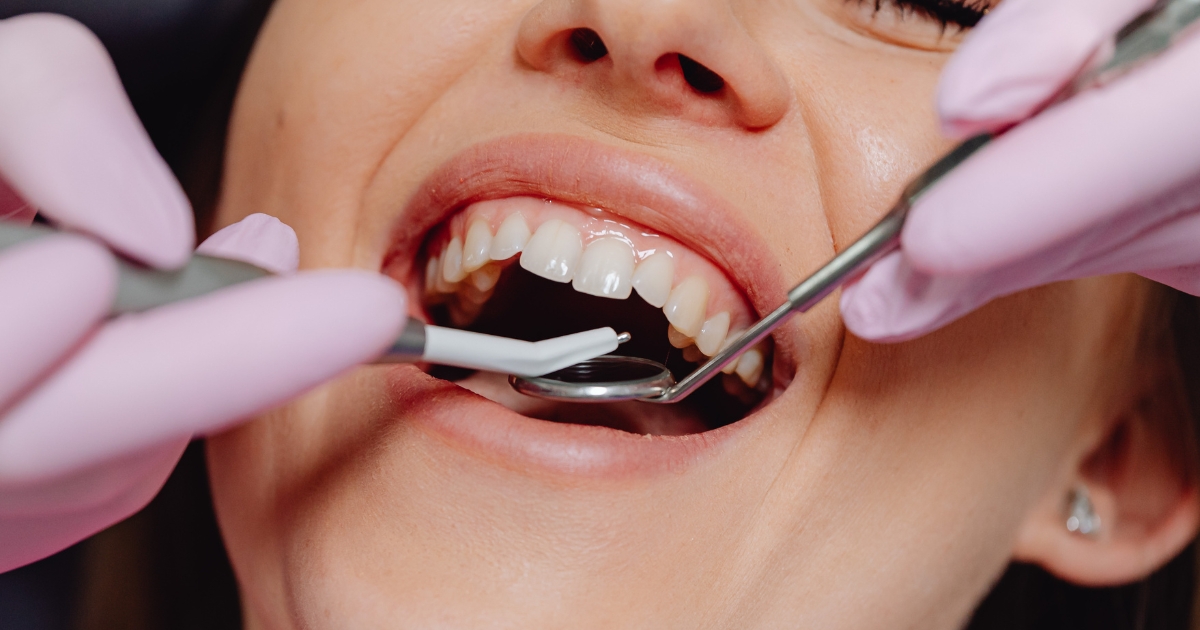Call Us Today 817-737-7668

Your smile may look perfectly healthy in the mirror—white teeth, no visible decay, no pain. But what if something is silently fermenting beneath the surface? Gum recession can sneak up on you until it’s too late. No pyrotechnics of symptoms, no warning signals. Just a steady erosion of your gumline, exposing roots and undermining your entire dental foundation. And by the time you feel something’s wrong, you’re already in trouble.
Let’s talk about the subtle, hard-to-miss signs of gum recession. Recognizing these on time can stop you from bringing about permanent damage and avoiding tricky dental treatments. Are you brushing every day yet still experiencing discomfort or changes in your mouth? There could be a possibility that gingival recession is the cause—and yes, gingival recession affects oral health far more than most people value.
What Do Early Signs of Gum Recession Look Like?
This condition doesn’t make a big show. It sneaks up on you. Your gums begin to show the root surfaces of your teeth slowly. That root isn’t supposed to contend with the outside world—it’s meant to stay covered. When it becomes exposed, erosion and sensitivity can follow.
Be on the lookout for these subtle warning signs:
- Teeth that look longer: Your teeth aren’t growing longer, but your gums could be receding.
- Sudden sensitivity: Chilly drinks or hot coffee hitting a nerve? That’s a giveaway.
- Notched regions near the gumline: These are often mistaken for simple wear but may be an indication of root exposure.
- Red or inflamed margins: Gums can appear irritated, even with good oral hygiene.
- Bleeding on brushing: A sign that your gums are stressed, maybe due to recession or underlying periodontal disease.
What Causes Gum Recession?
Several everyday habits and medical conditions cause gingival recession, and no doubt, it impacts one’s oral health. Some are obvious; others not so much.
- Aggressive brushing: Brushing teeth like you’re scrubbing tile can erode enamel and push gums back.
- Poor bite or alignment: Misaligned teeth put pressure that can damage soft tissues.
- Bruxism (teeth grinding): It silently wears away enamel and gum support.
- Tobacco use: Smoking or chewing tobacco restricts blood flow to gum tissue.
- Hormonal changes: Especially in women, pregnancy or menopause can sensitize gums.
- Even dental appliances, like ill-fitting partials or retainers, can irritate the gumline and lead to tissue breakdown if not closely monitored.
Don’t Wait—Respond Early
Early gum recession is more than a cosmetic problem – it can ultimately result in tooth loss and periodontal disease. The sooner it’s treated, the better. Gum grafts, deep cleanings, and laser therapy can restore both form and function. Periodontal checkups and preventive cleanings are essential, particularly if you’re already seeing warning signs.
Here’s Your Next Step
Your gumline defends much more than your teeth. If you’ve noticed one of the signs described above, don’t brush it off. Recession doesn’t correct itself—but dental hygiene can stop its trajectory and return your mouth to health. Make an appointment with your Burleson dentist to connect with the issue before it worsens. Don’t wait until harm demands more than prevention—begin defending your smile now.





